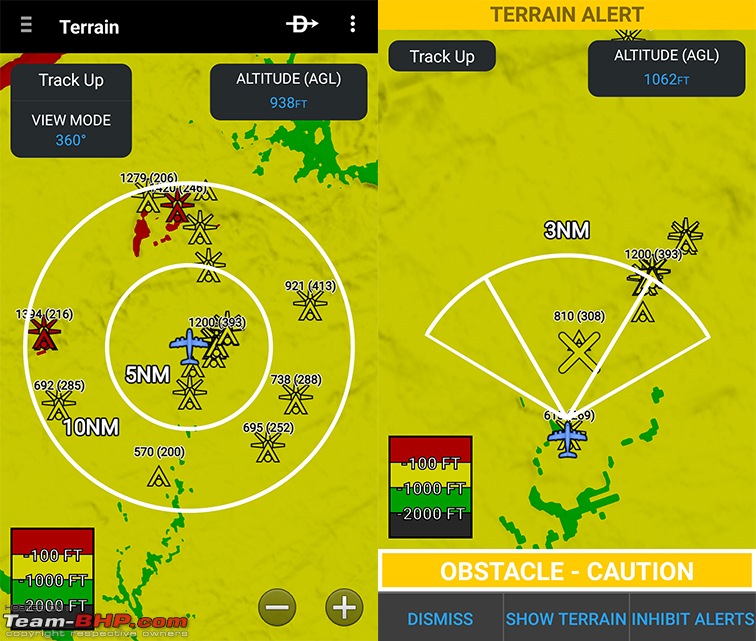| | #181 |
| Senior - BHPian | |
| |
| |
| | #182 |
| Distinguished - BHPian  | |
| |  (1)
Thanks (1)
Thanks
|
| | #183 |
| BHPian Join Date: Jan 2011 Location: Bangalore
Posts: 324
Thanked: 1,437 Times
| |
| |  (5)
Thanks (5)
Thanks
|
| | #184 |
| BHPian Join Date: Apr 2011 Location: Chennai, Canada
Posts: 216
Thanked: 46 Times
| |
| |
| | #185 |
| BHPian Join Date: Jan 2011 Location: Bangalore
Posts: 324
Thanked: 1,437 Times
| |
| |  (4)
Thanks (4)
Thanks
|
| | #186 |
| BHPian Join Date: Apr 2011 Location: Chennai, Canada
Posts: 216
Thanked: 46 Times
| |
| |
| | #187 |
| BHPian Join Date: Jan 2011 Location: Bangalore
Posts: 324
Thanked: 1,437 Times
| |
| |  (3)
Thanks (3)
Thanks
|
| | #188 |
| Distinguished - BHPian  Join Date: Jun 2007 Location: Chennai
Posts: 11,005
Thanked: 26,443 Times
| |
| |  (1)
Thanks (1)
Thanks
|
| | #189 |
| Distinguished - BHPian  | |
| |  (4)
Thanks (4)
Thanks
|
| | #190 |
| BHPian Join Date: Apr 2011 Location: Chennai, Canada
Posts: 216
Thanked: 46 Times
| |
| |
| | #191 |
| Distinguished - BHPian  | |
| |  (4)
Thanks (4)
Thanks
|
| |
| | #192 |
| BHPian Join Date: Jan 2011 Location: Bangalore
Posts: 324
Thanked: 1,437 Times
| |
| |  (5)
Thanks (5)
Thanks
|
| | #193 |
| Distinguished - BHPian  | |
| |  (1)
Thanks (1)
Thanks
|
| | #194 |
| BHPian Join Date: Jan 2011 Location: Bangalore
Posts: 324
Thanked: 1,437 Times
| |
| |  (1)
Thanks (1)
Thanks
|
| | #195 |
| Distinguished - BHPian  | |
| |
 |
Most Viewed




 . From the moment I noticed the first flash to the go-around decision took 6 seconds at most. I still remember that incident very clearly. I called out "Going Around", pushed the TOGA switch and then called flaps 20. Now the thing with the GE90115B is that compared to other engines, it is a bit slow to respond due it high bypass ratio. I recall thinking - "oh God, please let this thing fly, please." Fortunately, God was listening. The engines reached their TOGA power in about 4 seconds and we climbed out almost vertically. This was THE most terrifying experience I ever had while landing in low visibility conditions.
. From the moment I noticed the first flash to the go-around decision took 6 seconds at most. I still remember that incident very clearly. I called out "Going Around", pushed the TOGA switch and then called flaps 20. Now the thing with the GE90115B is that compared to other engines, it is a bit slow to respond due it high bypass ratio. I recall thinking - "oh God, please let this thing fly, please." Fortunately, God was listening. The engines reached their TOGA power in about 4 seconds and we climbed out almost vertically. This was THE most terrifying experience I ever had while landing in low visibility conditions. 






 More like 737, small airbusses and regional liners.
More like 737, small airbusses and regional liners.